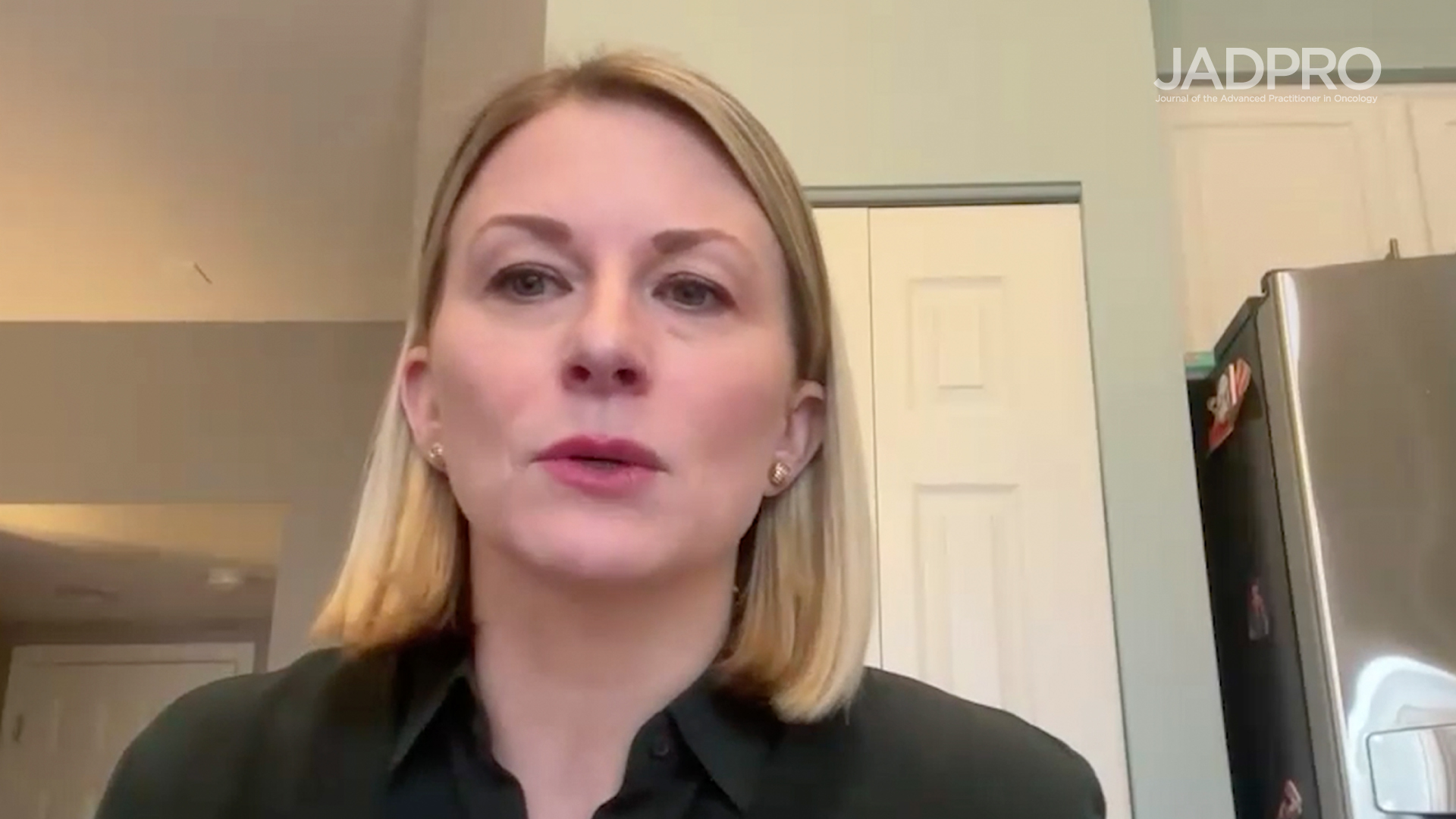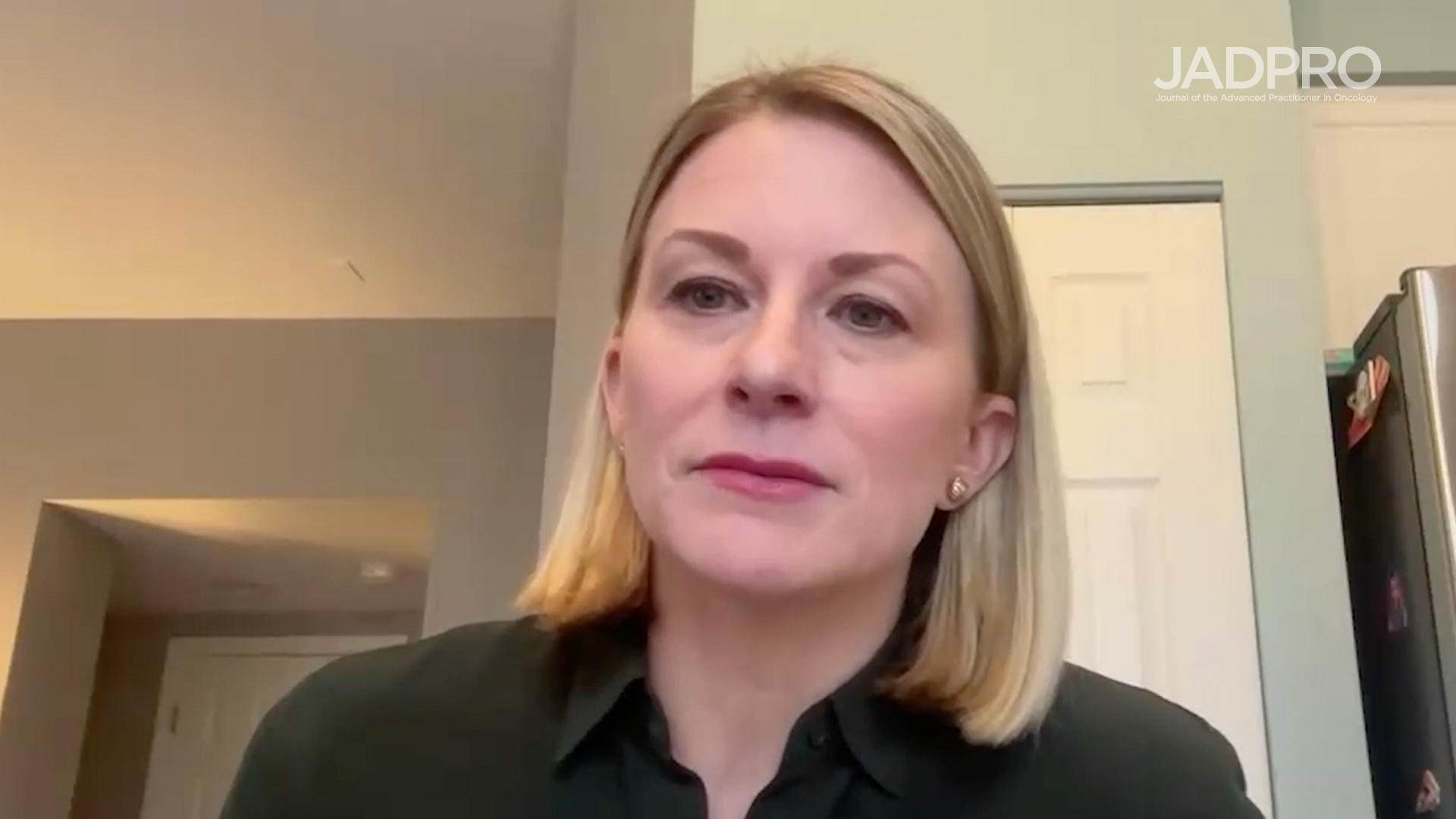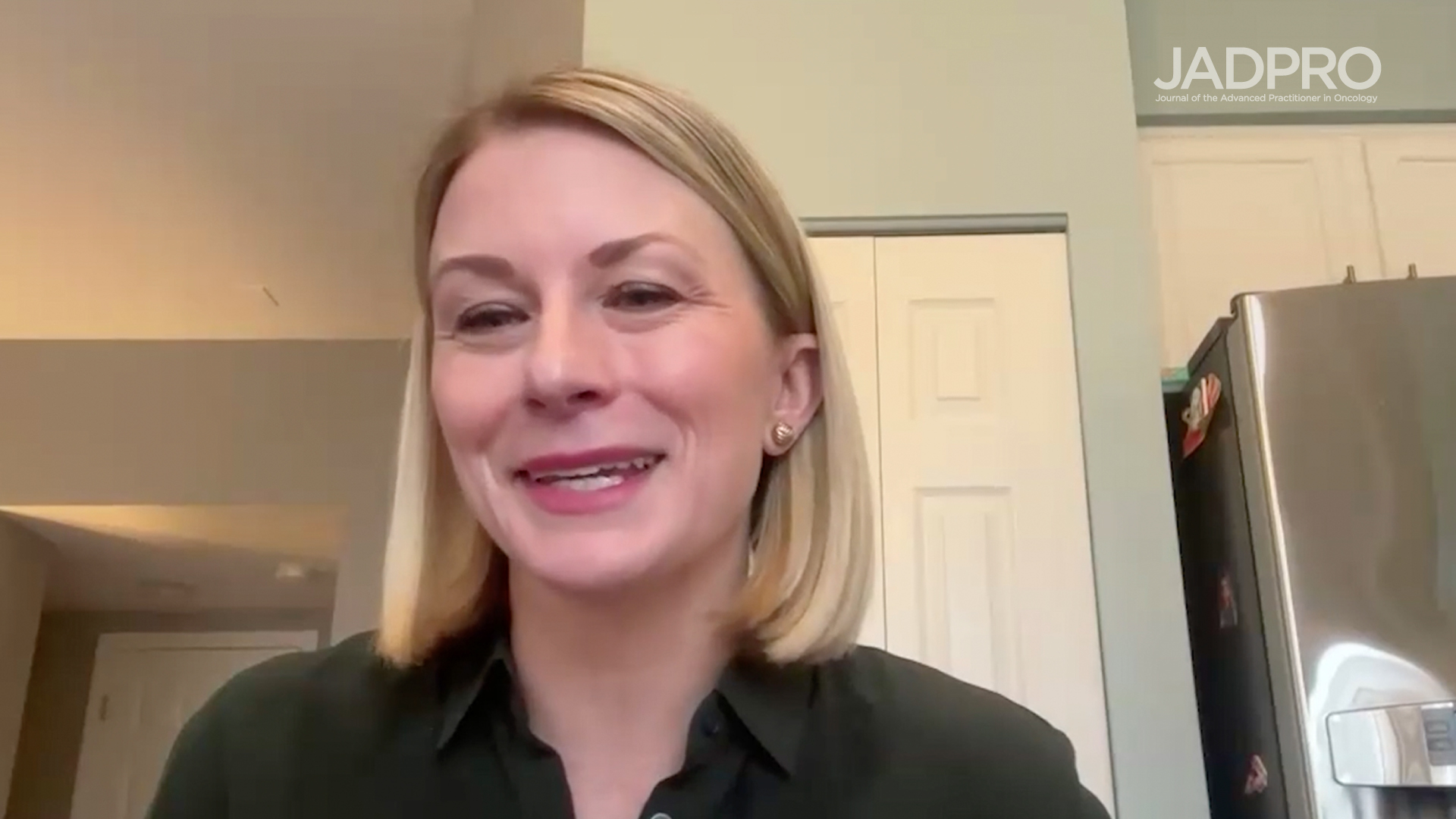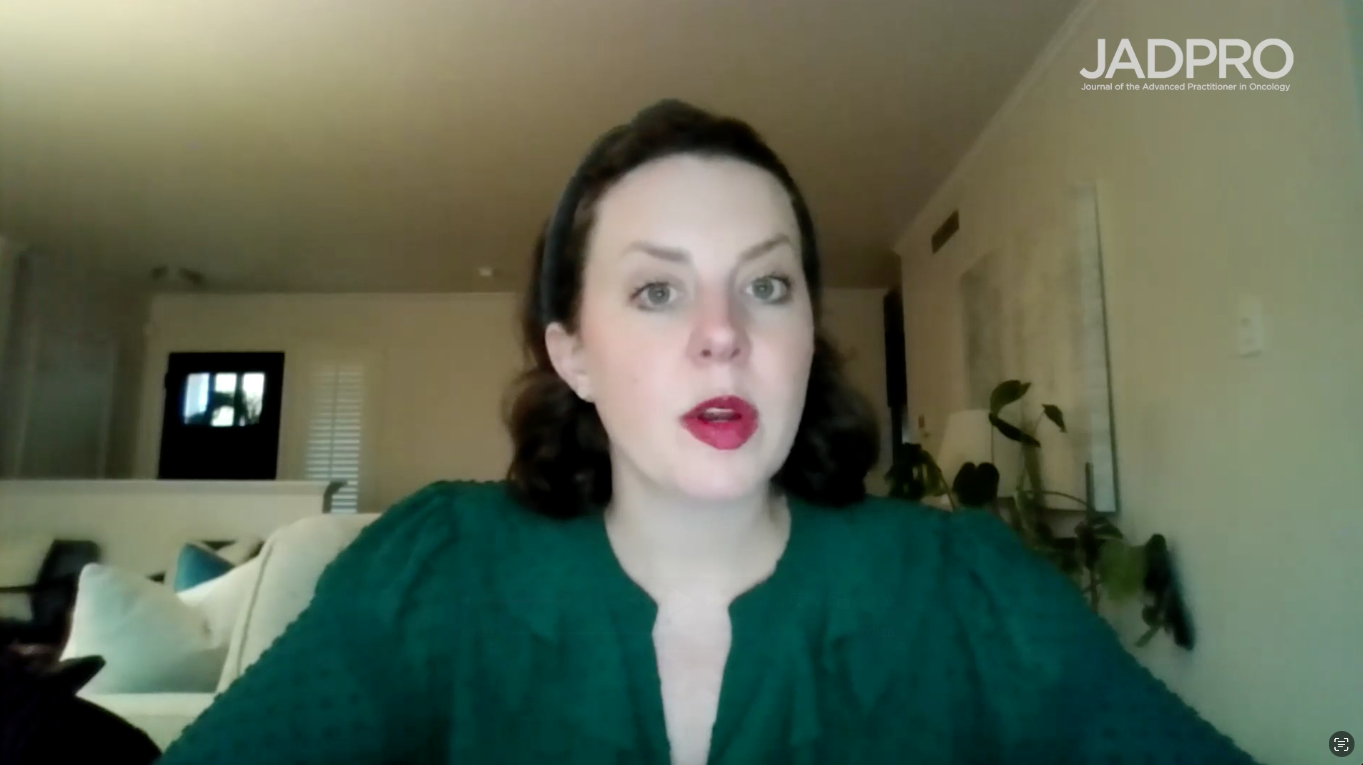Transcript
I'm glad to be here to review an abstract on GVHD that was presented at the ASH Annual Meeting. The superiority of post-transplant cyclophosphamide-based graft-versus-host disease prophylaxis in patients 70 years and older. It's a post hoc analysis from BMT CTN 1703. So we know that allogeneic transplant is underutilized in patients aged 70 and above, and it only represents about 15% of transplants performed every year. I think a lot of that deterring factor is the transplant-related toxicity that we see with allogeneic transplant. As a reminder, BMT CTN 1703 enrolled patients receiving reduced-intensity conditioning and peripheral stem cell grafts and randomized patients 1-to-1 to receive post-transplant cyclophosphamide 50 milligrams per kilogram, tacrolimus, and MMF versus tacrolimus and methotrexate GVHD prophylaxis. Their primary endpoint was one-year graft-versus-host disease survival. As a reminder, in the PTCy-TAC-MMF arm, they showed a 52.7% GVHD-free survival compared to 34.9% with the TAC-methotrexate arm, and the adjusted overall survival was 77% versus 72%, very similar.
In this post hoc analysis, they looked at patients that were specifically 70 years and older to evaluate the impact of post-transplant cyclophosphamide. They looked at one-year graft-versus-host disease and relapse-free survival as the primary endpoint and secondary endpoints of GVHD-free survival at day 100, treatment-related mortality at 30 days, 100 days, and one year, one-year overall survival, and quality of life at 100 days.
They were able to enroll 96 patients in this study. They saw very similar results to the overall study at one year. Graft-versus-host disease and relapse-free survival were 63% and 29.9% in the TAC-methotrexate arm.
The overall survival benefit was seen in the post-transplant cyclophosphamide arm with 90.6% versus 62% in the TAC-methotrexate arm.
Acute graft-versus-host disease grades three and four were 0 in the PTCy arm versus 9.9% in the TAC-methotrexate arm. Chronic graft-versus-host disease requiring immunosuppression was a little bit lower at 18.8% versus 24.4% in the TAC-methotrexate arm.
There were benefits seen in graft-versus-host-free survival and systemic immune suppression-free survival analysis. The infection rates were similar in grades two to three infections as well as grade 3 infections in the earlier months. But as they got closer to 12 months, the PTCy arm actually did come ahead with fewer infections.
Organ system toxicity is another consideration. In this elderly population, we saw similar rates of cardiac toxicity as well as renal toxicity, meaning that tolerability was actually pretty similar in this population.
Physical function scale or quality of life scoring was similar with physical functioning reports. At day 180, the one-year treatment-related mortality was 4.6% in the PTCy arm versus 20% in the TAC-methotrexate arm. The relapse rates were very similar at 20% and 25%, respectively.
We saw more disease recurrence as a cause of death in the TAC-methotrexate arm as well as a 33% incidence of infection as a cause of death compared to 0 in the PTCy arm.
So the key takeaways here, I think, are that patients greater than age 70 should be considered for allogeneic transplant as we see very similar rates of GVHD control without excess toxicity and improved overall survival.
We should consider PTCy as a standard GVHD prophylaxis for our patients 70 years and older, and this will improve access to transplant in our older population. But we need to continue to focus on outcomes related to infection and toxicity rates because that won't go away, as we know these patients are more highly comorbid.











